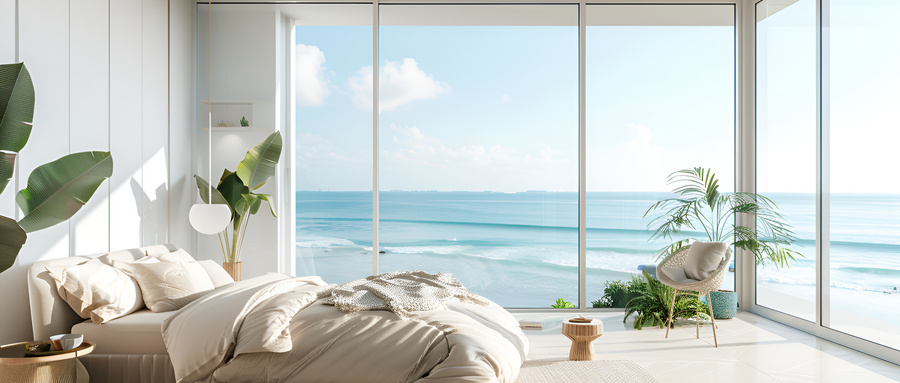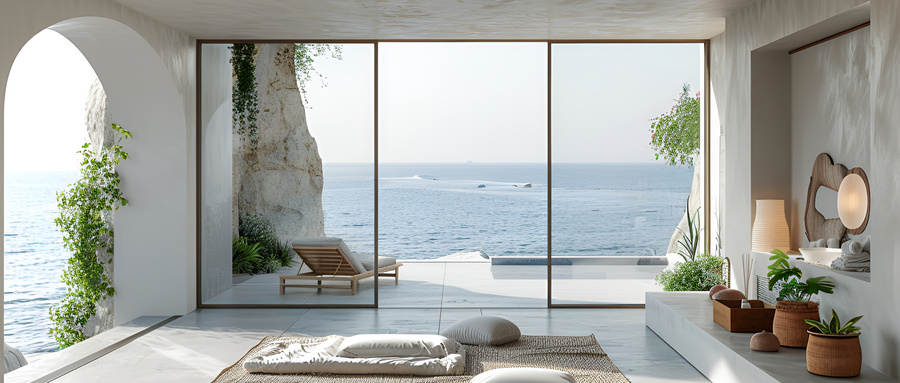When selecting the appropriate air volume for a fresh air system, it’s crucial to consider various factors to ensure optimal indoor air quality and energy efficiency.
Two primary algorithms are commonly used: one based on the room’s volume and air changes per hour, and another based on the number of people and their per capita fresh air requirements.
Additionally, incorporating advanced technologies such as Heat Recovery Ventilation Systems can significantly enhance the system’s performance.
1、Based on Room Volume and Air Changes
Utilizing the size of the indoor space and a specified ventilation standard, you can calculate the required fresh air volume using the formula: space area × height × number of air changes per hour = required fresh air volume.
For instance, in a residential setting with a default design standard of 1 air change per hour, you would calculate the volume accordingly.
Incorporating an HRV heat recovery ventilation system into this calculation is essential as it recovers heat from the outgoing stale air and transfers it to the incoming fresh air, reducing energy consumption.
Example: For a 120 square meter home with a 2.7-meter indoor net height, the hourly fresh air volume would be 324 m³/h without considering HRV.
However, with an HRV system, you can maintain this air exchange rate while minimizing energy loss due to the heat recovery mechanism.
2、Based on Number of People and Per Capita Fresh Air Volume
For homes with multiple, smaller rooms, calculating based on the number of people and their per capita fresh air requirements is more suitable.
The national standard for domestic residential buildings stipulates a minimum of 30m³/h per person.
This method ensures that each individual receives an adequate supply of fresh air.
Integrating Air Filter Ventilation technology within the fresh air system further enhances indoor air quality by removing pollutants, allergens, and other harmful particles.
This feature is crucial for maintaining a healthy living environment, especially in urban areas with higher levels of air pollution.
Example: For a family of seven, the required hourly fresh air volume would be 210 m³/h based on per capita demand.
However, if you’ve calculated a higher volume using the room volume and air changes method (as in the previous example), you should select a system that meets the higher requirement, such as an Energy Recovery Ventilator (ERV) for added efficiency.
Choosing the Right Fresh Air Products
After calculating the required fresh air volume, selecting the right fresh air products becomes paramount.
Look for systems that incorporate HRV or ERV technology for heat recovery, as well as advanced air filtration systems to ensure clean, healthy air.
By doing so, you can create a comfortable and energy-efficient living environment that meets your family’s needs.
Post time: Aug-22-2024









